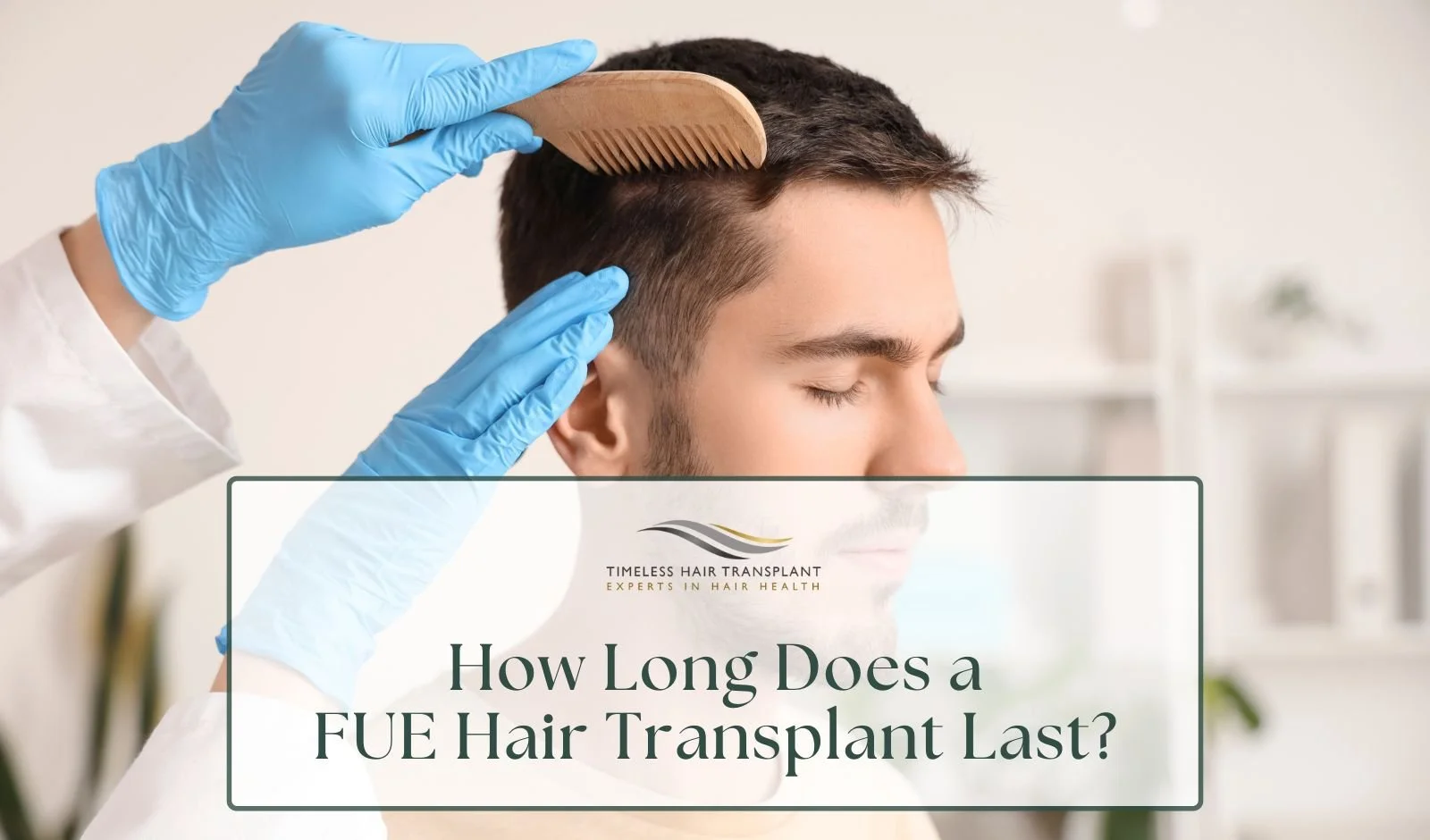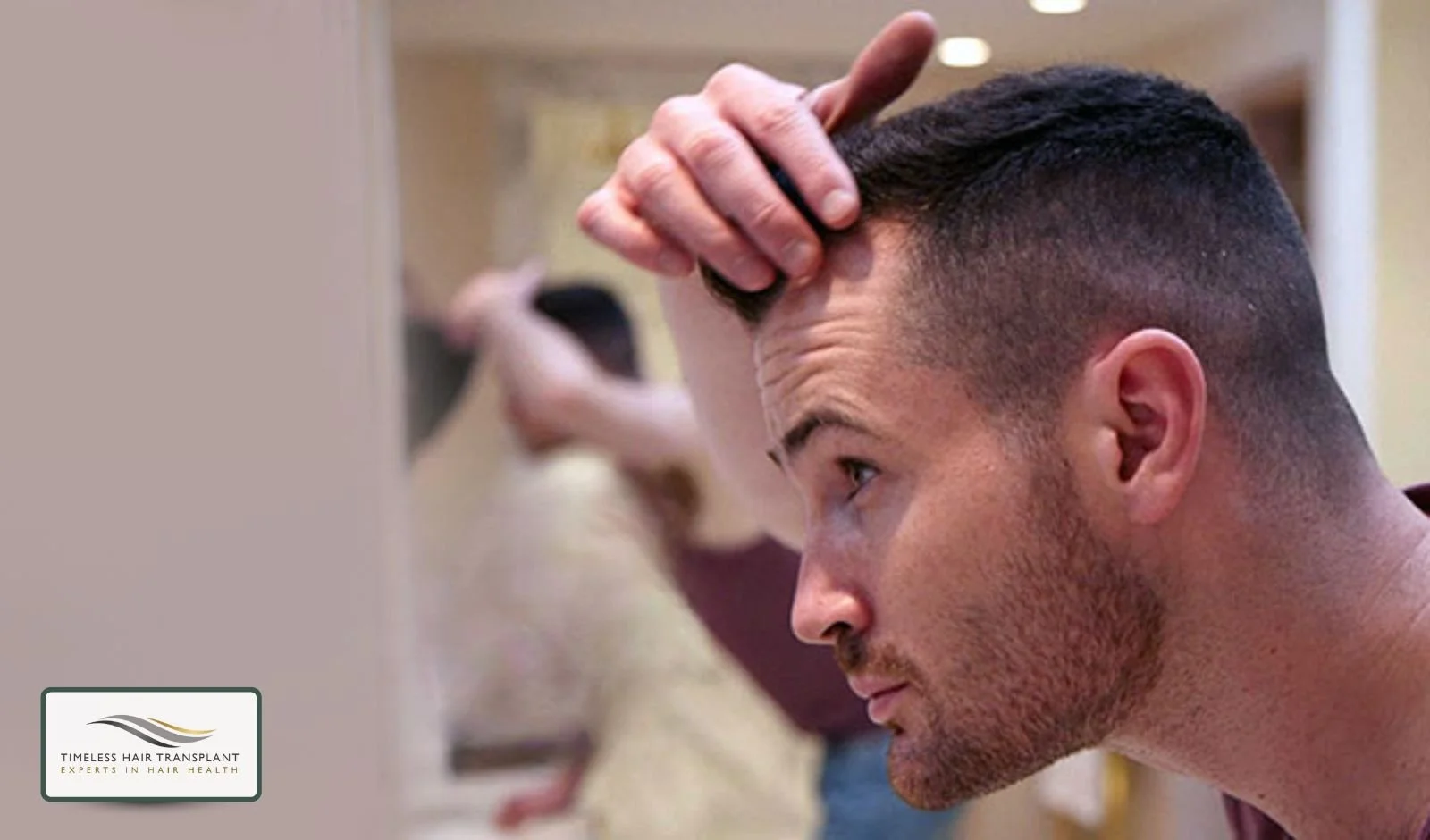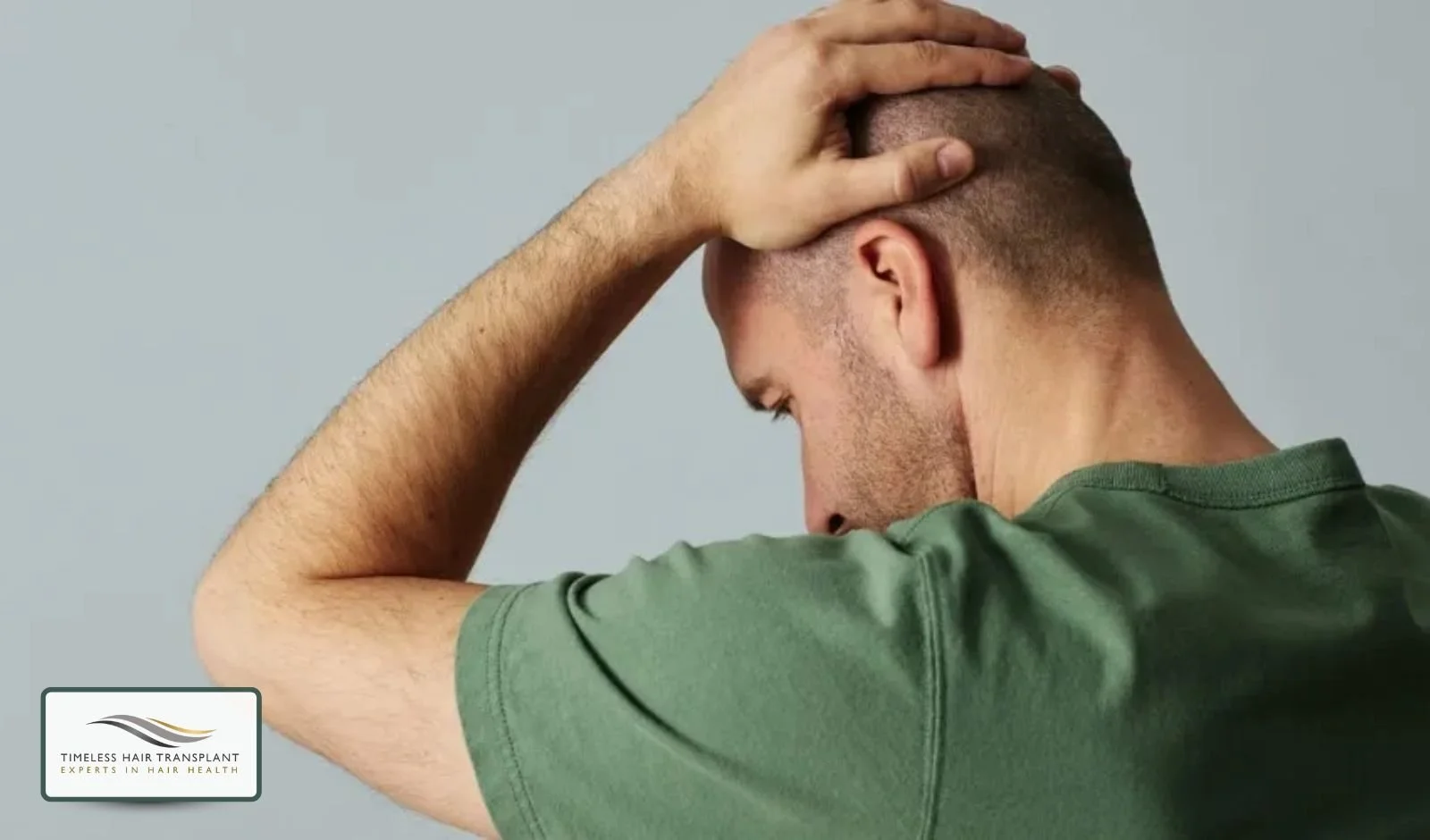How Long Does a FUE Hair Transplant Last?
If you’re considering hair restoration surgery, one of the biggest questions on your mind is likely about longevity. Patients often wonder whether the results will be permanent, how long transplanted hair keeps growing, and what they can expect in the years ahead.
FUE is one of the most advanced and minimally invasive methods available today, designed to deliver natural, lasting results for those experiencing male pattern baldness or other types of hair loss. But how durable are these outcomes? In this guide, we’ll walk you through what determines the lifespan of your new hair and how to maintain it for the best possible results.
What Is a FUE Hair Transplant?
FUE stands for Follicular Unit Extraction, a method in which individual hair follicles are removed from the donor area (usually the back or sides of your scalp) and implanted into areas where hair is thinning or has been lost (the transplanted area or recipient site).
Unlike Follicular Unit Transplantation (FUT), which uses strip excision to harvest a section of scalp that’s then divided into smaller grafts, FUE uses tiny punches to remove individual follicular units. This approach reduces visible scarring and allows for a faster recovery.
FUE is especially popular among patients who:
Want to treat male pattern baldness
Have visible thinning areas on the crown or hairline
Prefer shorter hairstyles with minimal scarring
Want a quicker healing time compared to FUT
Both FUE and FUT hair transplants can produce excellent results; it’s more about which technique suits your needs and goals.
How Long Does a FUE Hair Transplant Last?
The good news is that a FUE hair transplant can be a permanent solution for hair loss. This is because the transplant hair follicles are taken from areas genetically resistant to balding. Once moved to their new location, these hairs generally keep growing for life.
However, there’s an important detail: while the transplanted hair is permanent, your existing hair in untreated areas may still thin over time. This natural progression of male pattern baldness could change the look of your hair unless you take steps to prevent further hair loss.
Does a FUE Hair Transplant Last Forever?
In most cases, yes. Thanks to the concept of donor dominance, the hairs from your donor area retain their resistance to hair loss even after being transplanted. That’s why hair restoration surgery has such high success rates when done correctly.
Still, some patients choose to have follow-up hair transplant surgeries years later, not because the transplanted hairs stopped growing, but to fill in new thinning areas caused by ongoing hair loss in the surrounding existing hair.
Factors That Affect Longevity of FUE Results
While FUE hair transplants are designed to be long-lasting, your personal results may be influenced by:
Donor Hair Quality - Strong, thick hair grafts usually produce the most robust long-term growth.
Surgeon Skill - Choosing an experienced hair transplant surgeon at a reputable hair transplant clinic ensures better graft survival rates.
Progression of Hair Loss - If your male pattern baldness is aggressive, additional sessions may be needed in the future.
Post-Operation Care - Following your surgeon’s instructions prevents damage, infection, or graft rejection.
Lifestyle and Health - Nutrition, stress management, and avoiding harmful habits support healthy hair growth.
Recovery and Hair Growth Timeline
Understanding the healing process can help set realistic expectations:
Days 1-3: Mild swelling and redness around the donor area and transplanted area. Avoid touching or scratching.
Week 1: Tiny scabs form around the newly placed grafts. These will fall off naturally.
Weeks 2-3: Redness fades and early healing is visible. Some shedding of the transplanted hair is normal.
Months 1-3: Shedding continues; hair growth starts around month three.
Months 6-12: Noticeable thickening as new hairs grow in.
12 Months+: Final hair transplant results are fully visible, with improved density and natural blending with your existing hair.
Side Effects and Risks
While FUE is considered a safe, minimally invasive option, it can have minor side effects such as:
Temporary swelling or redness
Mild discomfort or numbness in the donor area or transplanted area
Scabbing during early healing
Rare complications like infection or poor graft survival
These are typically temporary and can be avoided by carefully following your post-operation care plan.
FUE vs. FUT Longevity
Both Follicular Unit Extraction (FUE) and Follicular Unit Transplantation (FUT) offer long-lasting results when done properly. The main difference is the harvesting method:
FUE: Removes individual hair follicles with micro punches, less visible scarring and quicker recovery.
FUT: Uses strip excision to harvest a section of scalp, then divides it into smaller grafts. This method may leave a linear scar but can harvest more grafts in one session.
In terms of how long a hair transplant lasts, both methods can provide lifelong growth in the transplanted area.
How to Keep Your FUE Results Looking Great for Years
Here’s how to make sure your hair restoration investment pays off:
Pick the Right Surgeon - Always choose an expert in hair transplant procedures.
Follow Aftercare - Avoid strenuous activity and protect the transplanted area.
Treat Ongoing Hair Loss - Use medications or treatments to protect your existing hair.
Live a Healthy Lifestyle - Good nutrition and scalp care promote stronger hair growth.
Why Choose Timeless Hair Transplant?
When it comes to lasting results, choosing the right clinic makes all the difference. At Timeless Hair Transplant, our expertise in FUE and FUT procedures, combined with cutting-edge technology and meticulous graft placement, ensures your new hair not only looks natural but continues to grow for years to come.
Why patients trust us:
Specialists in advanced hair restoration techniques
Customised plans to treat male pattern baldness and other hair loss conditions
State-of-the-art technology for precision and graft survival
Comprehensive aftercare to protect your results long-term
Proven high success rates and natural outcomes
For most patients, a FUE hair transplant is permanent because donor follicles are resistant to the hormones that cause balding. With our personalised approach and commitment to safety, you can feel confident knowing your restored hair will stand the test of time.
Call +44 (0) 7516294471 today to book your free consultation and take the first step toward results that last a lifetime.
Frequently Asked Questions (FAQs)
-
Yes, in most cases. The transplant hair follicles used in a FUE hair transplant are taken from the donor area, which is resistant to male pattern baldness. Once implanted into the recipient area, these hairs usually grow for life. However, your existing hair in untreated areas may still thin over time.
-
Most patients see noticeable hair growth within 3-4 months, but it can take 6-12 months for the final hair transplant results to fully appear. This is because individual hair follicles need time to grow naturally after the hair transplant procedure.
-
If your male pattern baldness or hair loss continues in areas that weren’t transplanted, you may choose to have another hair transplant surgery later. The transplanted hair is permanent, but surrounding hair may still thin, requiring further treatment.
-
Both Follicular Unit Extraction (FUE) and Follicular Unit Transplantation (FUT) can provide permanent results. The difference lies in how hair grafts are harvested: FUE extracts individual follicular units, while FUT removes a strip of scalp and divides it into smaller grafts. The best option depends on your hair type, goals, and hair transplant surgeon’s advice.
-
While success rates are high, hair transplant failure can occur if the hair grafts are not handled properly, the donor area hair is weak, or post-operation instructions aren’t followed. Choosing a skilled hair transplant clinic greatly reduces the risk.
-
Hair transplant cost varies based on the number of grafts needed, the clinic’s expertise, and the location. It’s best to have a consultation to get a personalised quote based on your hair loss pattern and restoration goals.
-
To prevent further hair loss, your hair transplant surgeon may recommend medications, PRP therapy, or lifestyle changes. This protects your existing hair and ensures the transplanted area blends naturally with surrounding hair.
-
Minor side effects may include temporary redness, swelling, and scabbing in the donor area and transplanted area. These usually subside within a week or two and are part of the normal recovery process.




